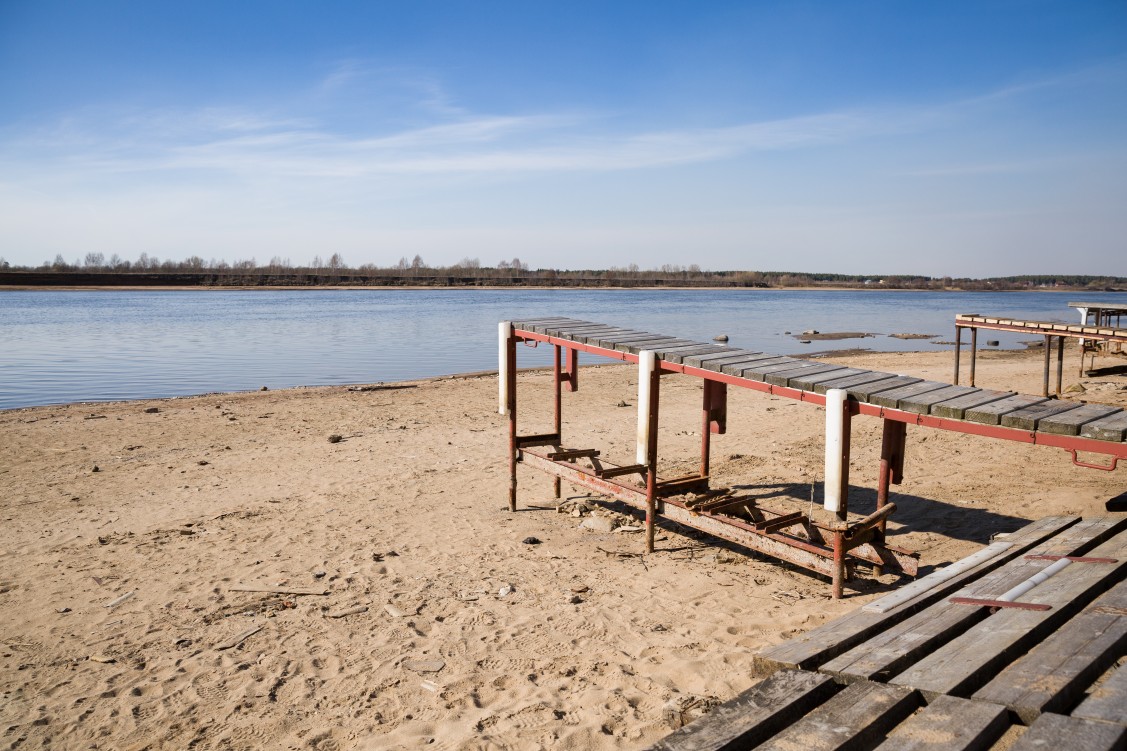
Heavy Rain, Flooding, and Chance of Severe Weather Staring Down the Southern U.S.
January 22, 2024
Posted: February 21, 2022 4:00 am





A new study is proving what many climate experts have already suspected. The western half of the U.S. and the northern tier of Mexico is in the midst of the driest period of time in at least 1,200 years.
The results of the peer-reviewed study were published this week in the journal Nature Climate Change. The researchers leaned on records of tree rings from thousands of trees scattered in hundreds of sites.
These rings provided the clues needed to determine summer soil moisture levels going back centuries. A handful of the rings were able to give the scientists a look into the soil moisture levels dating back to 800 A.D.
Past findings had determined that the time period stretching from 2000 to 2018 was the second-driest over the centuries with the most severe drought happening in the late 1500s. However, the exceptional drought of 2020 – 2021 has knocked the previous record off of the top perch.
Even though the Southwest experienced an abundance of moisture last June through September because of a highly active monsoon season, it was not enough to erase the severe drought.
According to the U.S. Drought Monitor, over 68% of the western U.S. was under the classification of either an extreme or exceptional drought for most all of July and through October. These drought conditions helped 2021 push past the record years in the 1500s as the driest in history.
When taken as a whole, the 22-year mega-drought period between 2000 – 2021 is now the driest since at least 800 A.D. Furthermore, the report detailed that nearly 20% of this drought severity can be blamed on human-caused factors.
The report also determined that the mean water-year precipitation throughout the Southwest over these 22 years was 8.3% below the average measured between 1950 – 1999. Additionally, the temperature was also 1.6 degrees Fahrenheit warmer.
It is important to note that there can still be exceptionally wet years nestled within a mega-drought period. For example, while 18 of the years between 2000 – 2021 were drier than average, there were a few anomalies. This is in line with every other mega-drought time period through the years that all featured a sporadic soggy year.
Looking back over the years, 2002 and 2021 ranked drier than nearly any year in three centuries, ranking at 11th and 12th in the period between 800 and 2021. The driest year that has been reconstructed using tree rings was 1580. The most recent year that ranked drier than 2002 was 1729, a testament to just how dry it was 20 years ago in the western U.S.
Shrinking water reservoir levels and depleted snowpacks continue to worry climate experts. During the summer of 2021, the federal government issued the first ever water shortage at Lake Mead when levels plummeted at Hoover Dam. Water levels at the dam in June dropped to just over 1,000 feet above sea level. This number was a decrease of about 140 feet when compared to the year 2000, the start of the mega-drought period.
More recently, scientists sounded the alarm after the U.C. Berkeley Central Sierra Snow Lab measured a drop of about a 1.5-inch of water loss in the snowpack located at its lab in just a one-week period. This loss of approximately 5% was blamed on the record-high temperatures that have been the story over the last few weeks across California. The strong winds also contributed to this staggering amount of water loss over the course of just a few days.
The California Department of Water Resources announced on February 15 that the state’s normal snowpack levels had fallen from about 160% of the normal amount in December to just 72% of average by the middle of February. This dramatic shift demonstrates that any new snow accumulation over the last few months is not adding to the snowpack. As of February 1, the Golden State’s average snowpack was 93% of normal.
Unfortunately, climate experts are in agreement that this current 22-year mega-drought will likely continue for at least one more year.

January 21, 2024

January 19, 2024

January 18, 2024